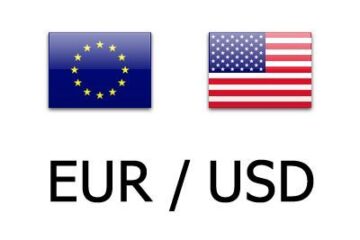Some Walmart superstores are so big it seems like they should have their own ZIP codes.
Walmart’s array of products is downright impressive, from its selection of fresh and packaged groceries to its toys and apparel.
💸💰 Don’t miss the move: Subscribe to TheStreet’s free daily newsletter 💰💸
In fact, while it’s fair to call Walmart’s range of inventory a blessing for the big-box giant, it could also be a bit of a curse. There’s the very real risk of consumers entering the store, getting overwhelmed, and walking out before so much as buying an impulse candy bar.
Related: Costco puts new gourmet item on its grocery menu
For the most part, though, Walmart prides itself on its massive inventory. A typical Walmart Supercenter could hold as many as 120,000 to 140,000 SKUs (stock keeping units). By contrast, a typical Target might only carry around 80,000.
But while Walmart could be accused of playing the quantity over quality game, it’s a model that seems to work.
As many retailers struggled with slowing sales, Walmart beat earnings and revenue estimates during its most recent fiscal quarter. And though the company does caution that growth could slow in the coming year, Walmart remains agile in the face of challenges like inflation and tariffs.
Walmart has big plans to take over new market.
Image source: Tim Boyle/Getty Images
Walmart could falter as tariffs take hold
During Walmart’s most recent earnings call, CEO Doug McMillon reassured investors that the company is well-equipped to cope with tariffs and any associated uptick in costs that results.
“We can’t predict what will happen in the future, but we can manage it really well,” he said.
Related: Popular retailer makes shocking change to loyalty program
Still, there’s a lot at stake for Walmart as tariffs loom. The company’s well-known competitive prices are a big draw for customers. That’s a reputation Walmart can’t afford to sacrifice.
And at a time when consumers are cutting spending by necessity, it’s important for retailers like Walmart to make sure they’re not ignoring any corner of the market. That means thinking outside the big-box store.
Walmart goes all-in on gas and convenience stores
A quick stop for gas and a soda isn’t the typical Walmart experience. But after spending decades building up its superstore footprint, Walmart is now thinking smaller and honing in on gas and convenience stores.
Earlier this year, Walmart announced plans to open or remodel more than 45 gas and convenience store locations by the end of 2025. Those openings will bring Walmart up to more than 450 such locations across 34 states.
“Nothing is off limits as far as what we’re looking at across the U.S.,” said Dave DeSerio, Walmart’s vice president of fuel and convenience.
Related: Costco CEO has dire message for tariff-weary consumers
What’s impressive about Walmart’s convenience stores are their ultra-competitive prices. The company took care to intentionally give products the same prices they’d have in a larger, traditional Walmart store. That’s in stark contrast to the traditional convenience store model, where prices tend to be inflated.
The expansion into gas and convenience is also a strategic one for Walmart at a time when customers may be paring down their spending and focusing more on essentials.
Consumers on a budget may be more apt to fill up their cars and run into a convenience store for three or four items rather than risk walking into Walmart for a handful of things and coming out with a shopping cart full of products.
Let’s also remember that shopping at Walmart can feel like sensory overload. There are just too many aisles with too many choices.
With its convenience store expansion, Walmart gets to target a different type of consumer — the kind who’s in a hurry and doesn’t have the patience or desire to spend 20 minutes walking the aisles in search of a cup of instant soup.
The expansion is also a smart play, given the company’s efforts to promote its Walmart+ program.
More Retail:
Walmart CEO sounds alarm on a big problem for customersTarget makes a change that might scare Walmart, CostcoTop investor takes firm stance on troubled retail brandWalmart and Costco making major change affecting all customers
Launched in 2020, Walmart+ costs $98 annually plus tax and gives members access to perks such as free shipping with no order minimum, no-cost grocery delivery on purchases of $35 or more, and discounted gas at select stations.
Of course, the challenge for Walmart will be getting consumers to choose its fuel stations and convenience stores over more well-known brands in that space. The company is betting that its famous low prices will be enough of a draw to lure customers in.


